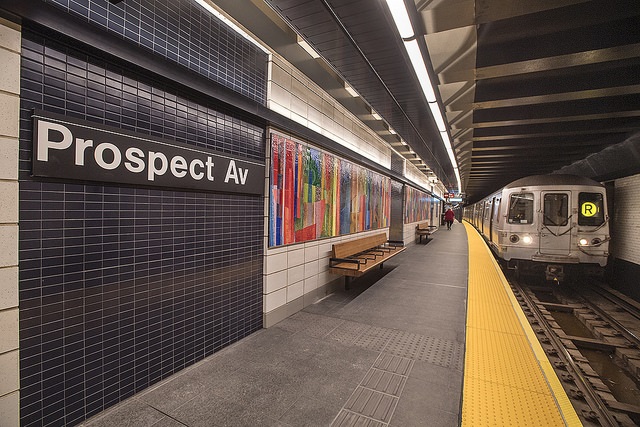
As a subconsultant, SI Engineering, P.C. (SIE) provided construction management services for the design-build of the Enhanced Stations Initiative (ESI) Program. The program aimed to modernize the New York City Transit train stations through aesthetic upgrades, such as enhanced lighting, improved signage, countdown clocks, station art, Wi-Fi service, and security cameras, while also providing needed repairs and replacements to street stairs, interior stairs, mezzanine and platform stairs, platform edges, ADA boarding areas, windscreens, canopies, platform and mezzanine topping, walls, ceiling bases, and column bases.
SIE provided construction management for packages 1, 2, 3, 4, 8, and 9 across all five boroughs. Package 1 included three (3) Brooklyn Stations on the “R” Line (BMT). Package 2 included four (4) Queens Stations on the “N” and “Q” lines (BMT). Package 3 included four (4) Manhattan Stations on the “B” and “C” Lines (IND). Package 4 included five (5) Manhattan Stations on the “A”, “C”, “E”, “F”, “M”, “1”, “2”, and “3” lines (IND and IRT). Package 8 included the 174th-175th Street and 167th Street Stations in the Bronx (IND), as well as the 145th Street Station in Manhattan (IRT). Package 9 included the Richmond Valley Station in Staten Island.
SIE’s Resident Engineers, Field Engineers, Schedulers, Safety Managers, and Quality Managers were engaged with each step of the construction process to ensure the work on each station is completed on schedule and complies with quality, safety, and technical standards and specifications. Tasks included civil, structural, electrical, and communications field inspections, quality control management, and oversight over the construction contractor to ensure station modernization efforts, including the various GO’s, are successfully completed on time and within budget. SIE’s safety and quality management services control any deficiencies, deviations, or violations during construction and prevent accidents and delays. Meanwhile, SIE staff was maintaining the project schedule, while overseeing field inspection operations and verifying the contractor’s work to ensure the project was completed accurately and efficiently.
